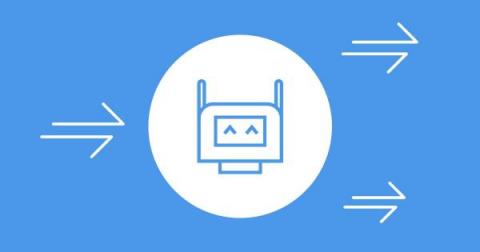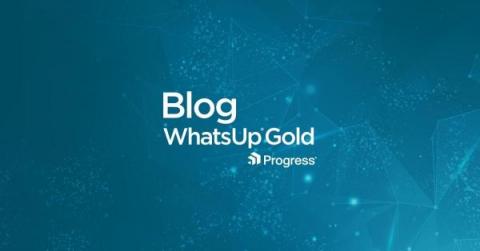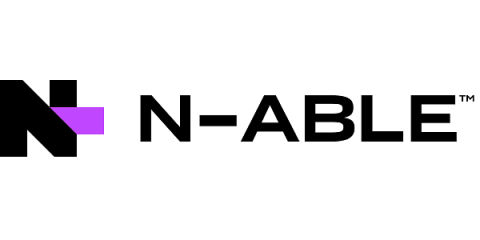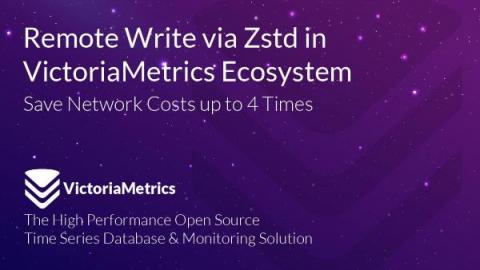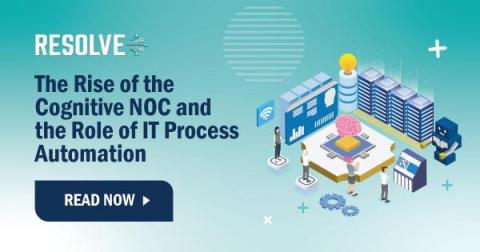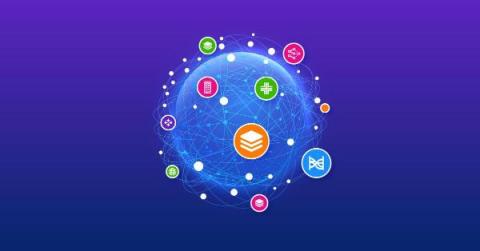Operations | Monitoring | ITSM | DevOps | Cloud
Latest News
Using Device Telemetry to Answer Questions About Your Network Health
When coupled with a network observability platform, device telemetry provides network engineers and operators critical insight into cost, performance, reliability, and security. Learn how to create actionable results with device telemetry in our new article. For cloud network specialists, the landscape for their observability efforts includes a mix of physical and virtual networking devices.
Why Grouping Devices Is So Critical for IT Infrastructure Management
135,000 is the average number of endpoint devices connected to an enterprise network. The estimate is in a joint report from Adaptiva and the Ponemon Institute, along with several other surprising statistics: A common challenge facing IT professionals is gaining insight into the devices connected to their network. With so many devices being used by employees, managers and IT workers, a solution to categorize and analyze these devices in one spot is essential.
5 Tips to Improve Network Security Monitoring
Optimizing network security monitoring requires pursuing continuous improvement. Even when people have monitoring tools or processes, it’s always advisable to identify weak spots and look for ways to reduce or eliminate them. Here are five options to consider.
N-able Propels Diversity, Equality, and Belonging Efforts with Participation in Chief
6 hacks for your enterprise's network bandwidth usage checking
Enterprises that want to improve the performance of their network often look into limiting access to bandwidth-hogs such as social media and video streaming applications. But for those that really need to gain efficient network, this won’t be enough. You need to keep track of bandwidth usage regularly. While there are many tools to help you check bandwidth usage on network, sometimes finding KPIs specific to your organization can be painstaking.
Save network costs with VictoriaMetrics remote write protocol
Prometheus remote write protocol is used by Prometheus for sending data to remote storage systems such as VictoriaMetrics. See these docs on how to setup Prometheus to send the data to VictoriaMetrics. This protocol is very simple - it writes the collected raw samples into WriteRequest protobuf message, then compresses the message with Snappy compression algorithm and sends it to the remote storage in an HTTTP POST request.
Get your Network in Fighting Shape with The Right Tools for Fortinet SD-WAN Monitoring
The Rise of the Cognitive NOC and the Role of IT Process Automation
Today’s Cognitive Network Operations Center (Cognitive NOC) is a significant advancement that employs artificial Intelligence (AI) and machine learning (ML) to dramatically modernize and improve network management and operations. Working together, the NOC and IT Process Automation (ITPA) propel superior efficiency and effectiveness of network operations, minimize downtime, lower operational costs, and overcome additional challenges in optimizing network performance.
Data Gravity in Cloud Networks: Distributed Gravity and Network Observability
So far in this series, I’ve outlined how a scaling enterprise’s accumulation of data (data gravity) struggles against three consistent forces: cost, performance, and reliability. This struggle changes an enterprise; this is “digital transformation,” affecting everything from how business domains are represented in IT to software architectures, development and deployment models, and even personnel structures.


